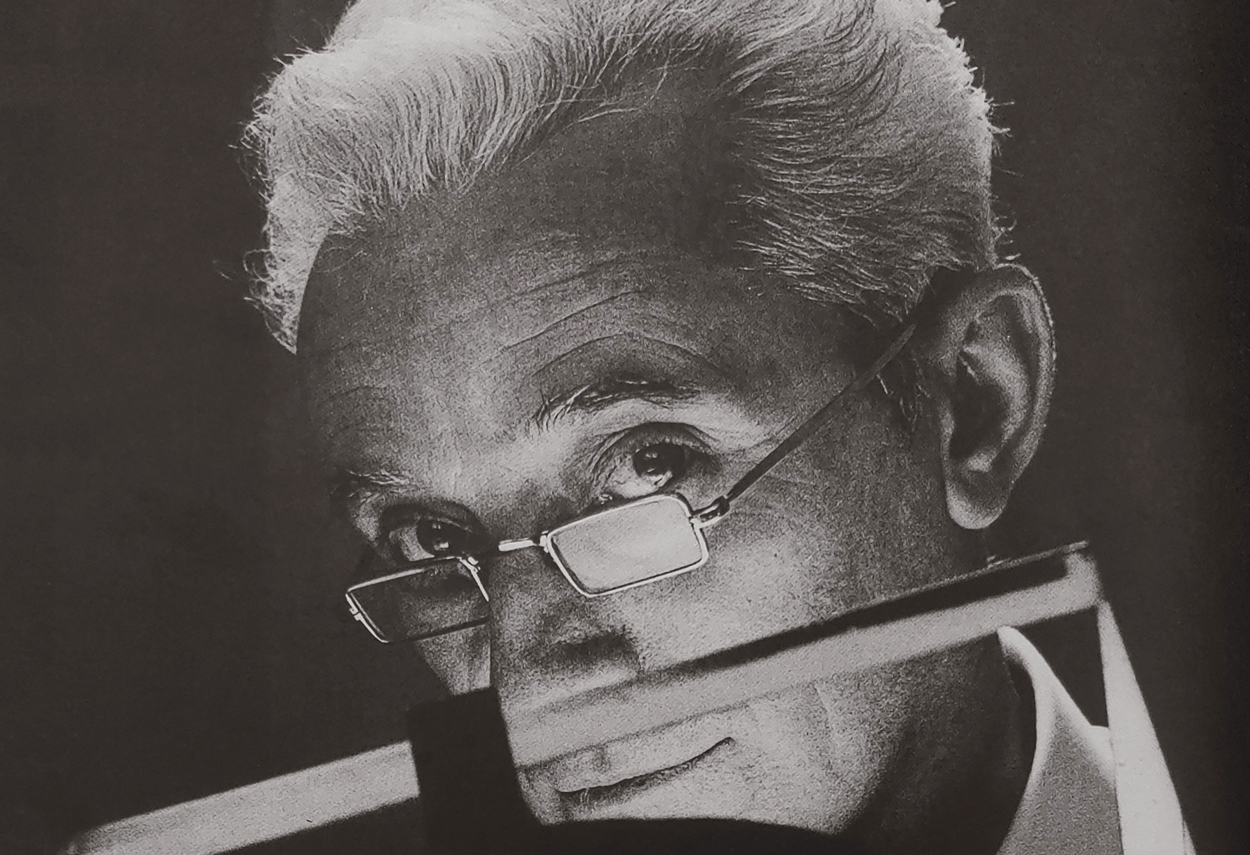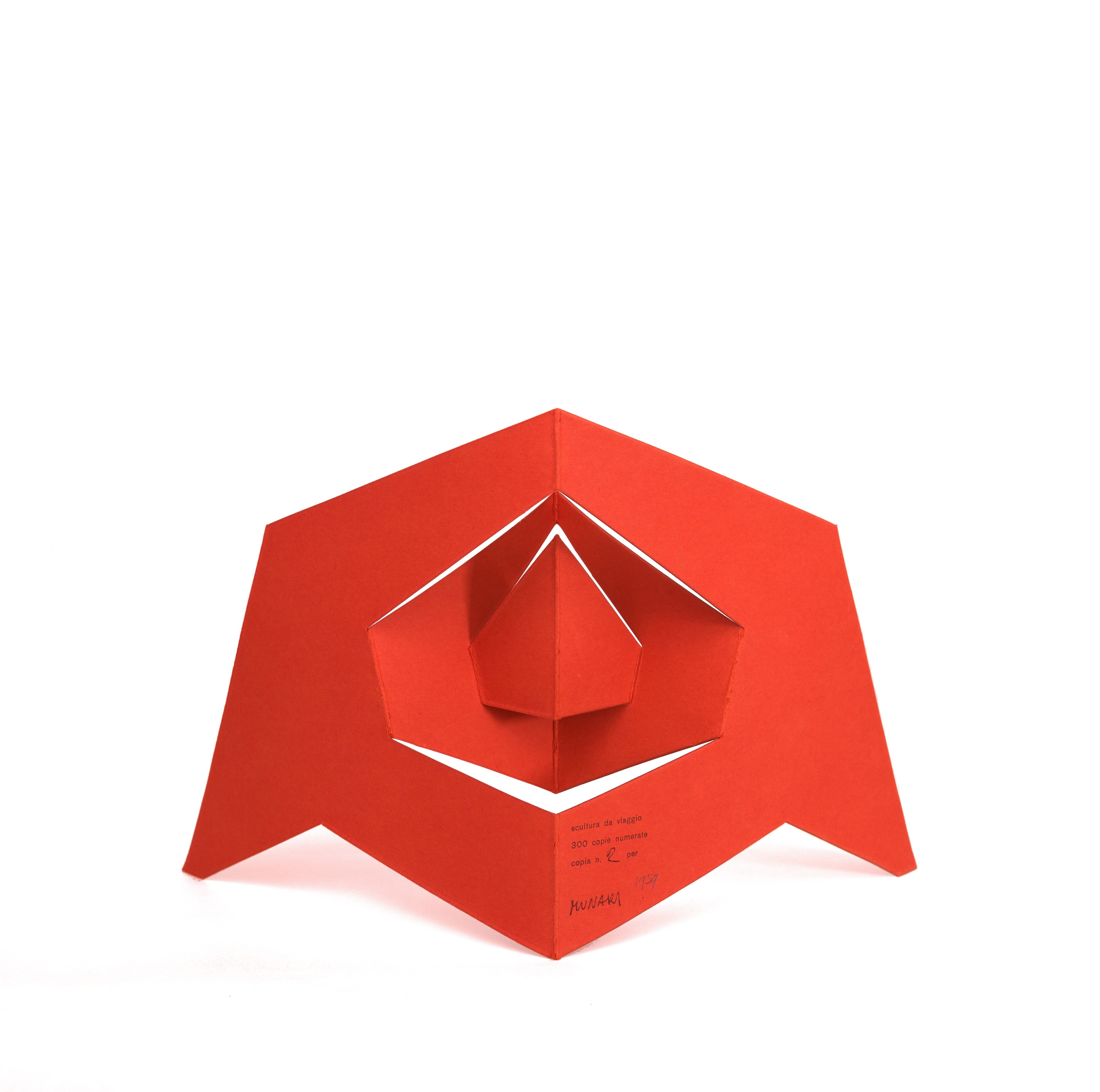Vita e opere di Bruno Munari, un genio dell’Arte Italiana

Hai mai sentito parlare di un artista eclettico e visionario, capace di spaziare tra arte, design, letteratura e insegnamento, che ha lasciato un’impronta indelebile nel panorama culturale italiano del Novecento? In questo articolo, ti guiderò alla scoperta della vita e opere di Bruno Munari (1907-1998), un genio poliedrico che ha sfidato le convenzioni artistiche e aperto nuove frontiere espressive. Esploreremo insieme le sue iconiche “Macchine Inutili”, i rivoluzionari “Libri Illeggibili” e il celebre “Metodo Munari”, un’esperienza unica nell’arte e nella creatività. Preparati a essere ispirato da questo artista senza tempo.
Vita e opere di Bruno Munari, un genio poliedrico dell’Arte Italiana del Novecento

Bruno Munari (1907-1998) è stato uno dei personaggi più affascinanti e influenti del panorama culturale italiano del Novecento. Artista, designer, scrittore, docente e innovatore, Munari ha lasciato un’impronta indelebile nell’arte e nella creatività, sfidando costantemente le convenzioni e aprendo nuove strade espressive.
ESORDIO E PRIME OPERE DI MUNARI
Nato a Milano nel 1907, Munari ha esordito nel mondo dell’arte partecipando alle mostre del Futurismo a partire dal 1927. Già da queste prime esperienze, si intravedeva la sua attitudine eclettica e sperimentale, pronta a spingersi oltre i confini della tradizione artistica.
Tra le opere più iconiche di Munari vi sono le “Macchine Inutili”, composizioni di forme astratte fluttuanti nello spazio. Questi oggetti artistici, pur non avendo una funzione pratica, rappresentavano un esperimento di integrazione percettiva ed estetica, unendo l’arte al movimento e allo spazio in un modo del tutto innovativo.
MUNARI, PIONIERE DELLA LUCE NELL’ARTE, AUTORE DI LIBRI ILLEGGIBILI E SCULTURE DA VIAGGIO
Munari fu un pioniere nell’esplorazione creativa della luce nell’arte e come medium artistico. Le sue “Proiezioni dirette” realizzate nel 1951 erano vere e proprie composizioni pittoriche inserite in diapositive, capaci di creare ambienti immersivi di grandi dimensioni, quasi cinematografici. Questa ricerca anticipava molte tendenze legate ai nuovi media, dimostrando ancora una volta la genialità e la lungimiranza dell’artista.
Uno dei contributi più innovativi di Munari sono i “Libri Illeggibili” del 1948.
Questi libri d’avanguardia raccontavano storie utilizzando immagini, linee, colori e pagine ritagliate, piegate e trasparenti. Munari sfidava così la tradizione editoriale, mostrando come il linguaggio visivo potesse essere altrettanto potente ed espressivo quanto quello scritto.
Nel 1958, Munari introdusse un nuovo concetto di scultura con le “Sculture da viaggio”.
Queste opere portatili e pieghevoli trasformavano il piano in uno spazio modulato attraverso pieghe geometricamente regolate. Una ricerca che lo portò a esplorare e sperimentare forme artistiche tridimensionali e interattive.
IL METODO MUNARI: L’ARTE DELL’INSEGNAMENTO CREATIVO
Oltre alle sue opere artistiche, Munari si dedicò anche all’educazione e alla formazione.
Nel 1977, progettò i laboratori per bambini alla Pinacoteca di Brera a Milano. Questi laboratori, focalizzati sulla sperimentazione e sulla formazione di processi creativi, sono diventati il fondamento del celebre “Metodo Bruno Munari. Laboratorio di educazione al pensiero progettuale creativo”. Questo approccio mirava a sviluppare la creatività e l’immaginazione nei giovani, permettendo loro di esplorare l’arte e la progettazione in modo giocoso e libero.

Le opere di Bruno Munari continuano a essere ammirate e studiate in tutto il mondo. Le sue creazioni iconiche come le “Forchette parlanti”, i “Negativi-Positivi” e i “Colori nella Curva di Peano” hanno conquistato un posto nelle collezioni dei più importanti musei internazionali. La sua influenza si fa ancora sentire nelle arti visive, nel design e nell’educazione artistica, ispirando generazioni di creativi a pensare fuori dagli schemi.
Bruno Munari è stato un vero e proprio poliedro dell’arte e della creatività.
La sua capacità di sfidare le convenzioni e di esplorare nuove frontiere ha lasciato un’eredità duratura nel mondo dell’arte e della cultura. La sua arte è un invito a guardare il mondo con occhi curiosi e aperti all’innovazione. Che sia attraverso le sue “Macchine Inutili”, i “Libri Illeggibili” o il celebre “Metodo Munari”, il lascito di questo genio dell’arte italiana del Novecento continuerà a ispirare e a sorprendere le menti creative di oggi e di domani.
Seguimi su:
About me
In questo blog non ti spiego la storia dell’arte, ma racconto le storie di cui parla l’arte


